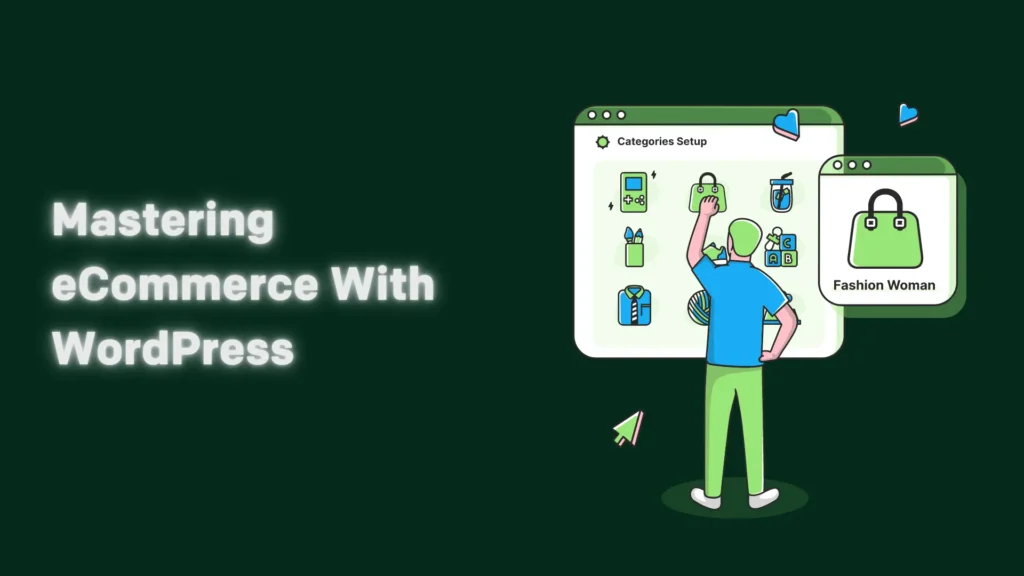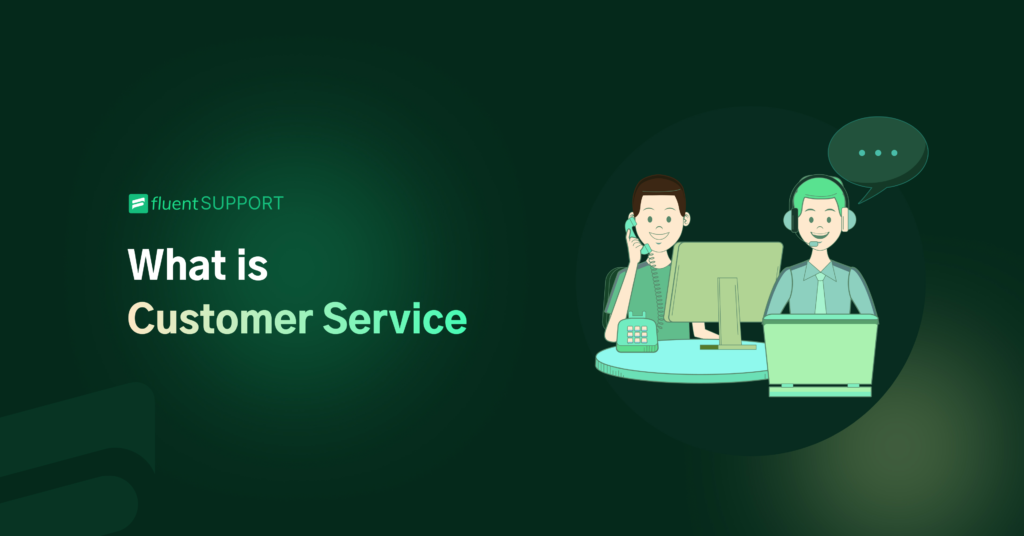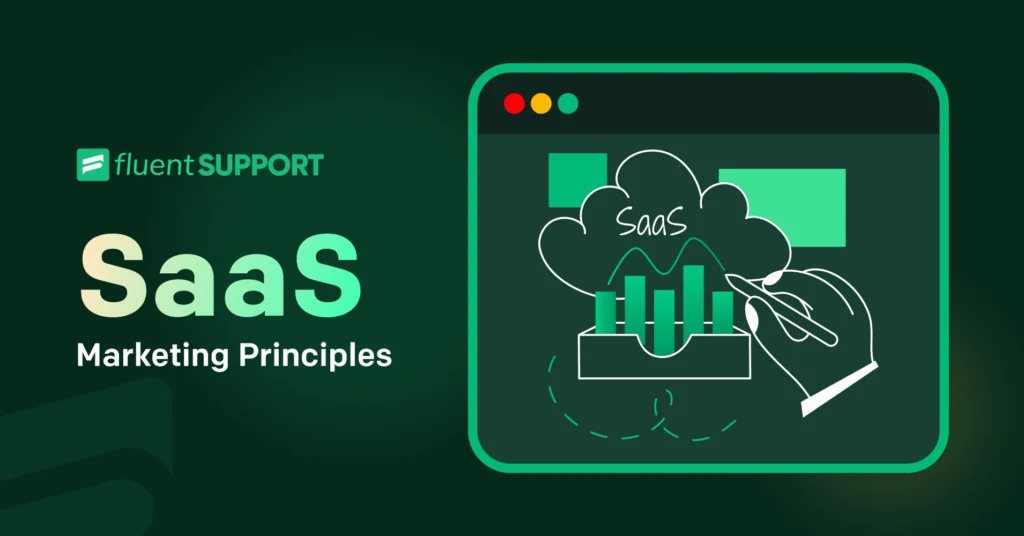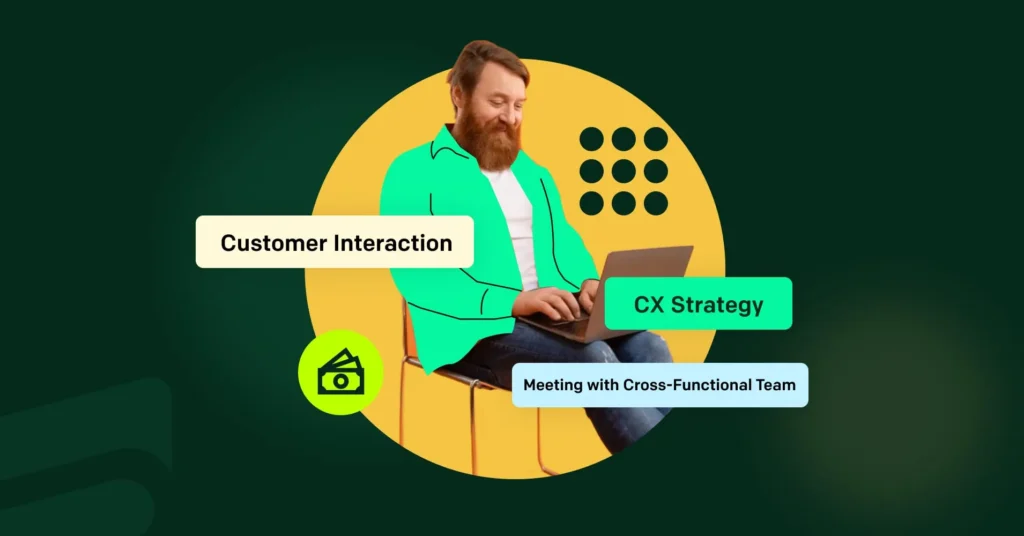
Running a successful business is a lot about setting specific goals and reaching them within a perfect time span. What many companies get wrong is that these goals aren’t just numbers or arbitrary summits that your company needs to ascend. Ideally, The key factor for setting these goals should be to manage customer expectations.
Hence, it’s not enough to focus and evaluate company actions on their own. You have to take into account why your customers choose your business, what they loved, what disappointed them, and how satisfied they are with your efforts.
In a perfect world, this would be simple. You could just assume that your business offerings are what the customers want. If that’s true, then if your offerings are on point, your customers should be satisfied, right?
Well, no! Every type of customer has their own specific needs, which may or may not align with what you have to offer. So, it could just be that a customer is with you and using a product/service but isn’t exactly satisfied. Bringing a middle ground between your offerings and your customer’s expectations is perhaps one of the most critical parts of any business.
This brings us to the topic of this article. We want to talk about managing customer expectations and what you can do to meet them.
What are Customer Expectations?
Before we get to how, we need to know what customers expect in the first place. Knowing the requirements is half the challenge. So what does a customer expect from your business?
1. Connected journeys
We could throw around complex ideas such as seamless handoffs or contextualized engagement — at the end of the day, it all loops back to making your business feel like one entity regardless of how a customer interacts with it.
Even the numbers match with 70% of customers considering connected processes as very important in choosing where to take their business. Moreover, customers are 3.7x more likely to view seamless transitions across channels as important as opposed to being unimportant.
2. Personalization
No matter what the medium of interaction is, customers expect to be considered as people rather than as sales statistics. For 84% it’s a key factor. The need for personalization carries over to your product/service as well.
No two customers are alike. While your business might solve a specific set of problems, it’s still very likely that your customers may have some unique plans for it. Enabling them to utilize your offerings with a clear understanding helps this personalization process.
Another aspect to personalize customer interactions is to take into account previous interactions and stay up-to-date. Remember, a well-timed and tailored offer is way more important to your customers than any open discount offers you provide.
3. Innovation
Innovation is obviously one of the most important factors for businesses. Customers expect consistent and reliable innovations. 56% of customers actively seek to buy from companies that consistently introduce new products and services based on industry changes. Not only that, customers also expect companies to provide these new products/services at a faster pace.
4. Data security
In today’s world, running a business means handling a significant amount of sensitive customer information. While there are explicit policies that protect data, there are always concerns. As much as 62% of customers say they’re more concerned about being compromised now compared to two years ago. Customers are way more conscious about these things.
So, even if you have a top-notch product/service, having vulnerabilities (either in data protection policy or, in technical soundness) is going to drive away more customers than having an inferior product.
Managing customer expectations
So, now you know what your customers are expecting. I know it’s pretty generalized, but that’s how things turn out when you try to summarize information on a huge niche.
1. Define your audience
Before you get to fulfilling a customer’s expectations, you need to understand who they are. Knowing demographic data like age, gender and location is just the tip of the iceberg. A lot more information needs to be factored in to establish a clear picture of who your audience is exactly.
Yes, all this information is great for developing marketing personas. But in order to really understand your customers, you need to understand their needs and interests, as well as the factors that affect their buying decisions.
Knowing your customers, why they choose your product, and how they compare it to your competitors is just as important. This helps you develop an understanding of what your customers are expecting when they find you (and adapt accordingly).
2. Reach the right buyers
When companies launch any product, it’s usually led by developing a feel for the target market. However, these preliminary assumptions about the market are rarely 100% correct. It’s always good to keep this in mind when developing a persona, and important not to make it unnecessarily rigid.
Fortunately, you can get some solid answers by analyzing your existing customer base. Mostly by finding traits that positively (or negatively, if that’s easier) correlate with repeat purchases, long-term engagement, and customer loyalty. The answers to these questions help build an accurate picture of who you should be focusing on.
3. Improve with purpose
After finding your most valuable audience and what they’re looking for, it’s all about using this information to drive positive improvements. It’s obvious if you think about it that your audience isn’t supposed to change their expectations to fit your product. Rather you need to be able (and willing) to change your product to fit your customer’s expectations.
Forget about what your competitors are offering or what your team thinks would be exciting to implement. Keep the focus on your customers. The only way they’ll welcome your product improvements is if it actually offers value for them.
4. Nurture a customer-centric culture
It’s not enough to just design products for your customers; this needs to translate to every aspect of your business. While some companies think it’s a customer support agent’s job to work towards customer satisfaction, it’s hardly the truth.
When it comes down to it, each employee’s contribution affects the customer experience. The only reliable strategy to make it effective is to develop a customer-centric culture.
You ought to encourage your employees to keep your customer’s needs at the center of each decision they make. This way, your whole business team is aware of customer expectations and prepared to address them in the best way possible.
5. Collect feedback
The best way to evaluate your efforts is to collect feedback regularly. You should strive to find the answers to questions such as,
a. Do customers have access to information they need to make decisions?
b. Is the purchasing process simple enough?
c. Is the product up to the customer’s expectations?
Asking these questions will help you evaluate the experience your brand provides, along with telling you which parts could be improved. Having this information can also help you make key decisions, such as which customer support solution to use, how much you need to spend on customer support, and the like of it.
Wrapping Up
The key idea is first to understand the expectations, evaluate them at face value, and then make informed decisions based on them.
While it might be rare, it can still lead to revolutionizing a business. The expectations of your customers need to be the defining factor for your business. After all, a business, no matter how well built, is only as good as its customers are willing to consider it.
Until next time, happy serving!
Start off with a powerful ticketing system that delivers smooth collaboration right out of the box.












Leave a Reply